Shinta Mani Mustang, a luxury resort in Jomsom, Nepal. (Source: Shinta Mani Mustang) |
From luxury hotels in the remote mountains of Mustang to five-star eco-resorts in Chitwan or Everest, a wave of investment is gradually changing the face of tourism in the Himalayan nation.
Backpacker's paradise
Nepal was once considered a paradise for wandering souls, wanting to escape material pressures, live slowly amidst majestic nature and indigenous culture. Since the 1970s, the small country in the heart of the Himalayas has become a spiritual stopover for the hippie movement, associated with cheap trekking tours, simple homestays and a rustic nomadic lifestyle.
Since then, the image of Nepal has been associated with challenging mountain climbing journeys. Tourists around the world are fascinated by the "roof of the world" Everest, the magnificent Annapurna range, or spiritual sites such as Lumbini - the birthplace of Buddha, the sacred Pashupatinath Temple of Hindus, Muktinath Temple worshiping Vishnu and Boudhanath Stupa - one of the largest Buddhist stupas on the planet. Along with that are hundreds of spectacular trekking routes, creating the unique identity of Nepal tourism.
Up to now, Nepal's tourism industry still maintains a large proportion of international visitors in the budget segment, with low-cost accommodation - food - experience options.
Shinta Mani Mustang offers breathtaking views and a luxurious experience. (Source: Shinta Mani Mustang) |
New segment
In fact, luxury tourism is not a foreign concept to this South Asian country. As early as the 1960s, the five-star Soaltee Hotel appeared in the capital Kathmandu, laying the foundation for the luxury resort segment.
In 1998, Mountain Travel Nepal (MTN) and Tiger Tops joined forces to establish the luxury Tiger Mountain Pokhara Lodge in Pokhara, central Nepal. According to Shoba Mohan, founder of RARE India, a marketing agency for luxury accommodations in India, Nepal and Sri Lanka, the resort embraced the regenerative tourism model very early, becoming a pioneer in the trend of sustainable tourism in the midland hills of Nepal.
By 2023, the opening of Shinta Mani Mustang resort in Jomsom, a small town nestled between cliffs and the Himalayas in the remote Mustang region of western Nepal, marks a turning point in the journey to reposition the country's tourism image.
Designed by renowned American architect Bill Bensley, Shinta Mani Mustang consists of 29 luxurious suites, decorated with Tibetan antiques, handicrafts and accompanied by health treatments and high-class cuisine. It is worth mentioning that the minimum stay requirement of five nights with the amount of up to 1,800 USD/person/night is considered an unbelievable price in the land known as a paradise for budget travelers. This investment has made the hotel a breath of fresh air for Nepal's tourism industry, joining the map of luxury tourism in Asia.
According to Catherine Heald, co-founder and CEO of Remote Lands (headquartered in New York, USA), after the Shinta Mani Mustang hotel opened, the company changed its entire strategy to approach the Nepal market. Ms. Catherine Heald "believes that Nepal can absolutely become the leading luxury destination in Asia".
Past political instability and natural disasters have forced luxury travelers to choose Bhutan or India over Nepal, but with a more stable political environment and attractive investment incentives, Nepal is now experiencing a strong growth in luxury tourism, according to Jason Friedman, a consultant at JM Friedman & Co.
Projects ranging from luxury hotels, high-end resorts to private jet services are gradually appearing, meeting the growing demand for eco-tourism and sustainable development. Mr. Friedman believes that the emergence of hotels like the above not only changes the image of Nepal in the eyes of international tourists, but also ignites confidence in the local community in the ability to develop the high-end tourism segment in a systematic and professional manner.
Dwarika's is one of Nepal's first luxury heritage hotels. (Photo: Kalpana Sunder) |
High-end project boom
Nepal is now witnessing a boom in high-end tourism projects. Two notable examples are the Dusit Thani Himalayan Resort Dhulikhel, owned by the Dusit Hotels Group (Thailand), near Kathmandu, and the Sanctuary Chitwan National Park, owned by the Sanctuary Group (UK), located close to the Nepal-India border.
Other major international hotel groups have also entered the Nepal market. IHG Hotels & Resorts (UK) has announced three new projects under the InterContinental brand, Postcard Hotels (India) is expanding into Chitwan, and Kunda Himalayan Resort & Spa, with villas at 3,000m above sea level, is scheduled to open in September 2025 in Phalpu.
Hilton Kathmandu, the most luxurious hotel in the capital Kathmandu, opened last year. With panoramic views of the Himalayas, Hilton Kathmandu not only puts Nepal on the regional luxury tourism map but also elevates the country’s luxury tourism industry.
In addition to the boom in luxury tourism, the trend of heritage preservation combined with luxury tourism is becoming more and more popular. One of the pioneering examples is Dwarika's Hotel in Kathmandu. Owner Dwarika Das Shreshta has made an effort to preserve Nepal's architectural heritage by collecting ancient bricks, door frames, wooden pillars and even a 13th-century door to build this hotel.
This inspiration spread to entrepreneur Pawan Tuladhar, who has converted old houses in Patan into accommodations, most notably the 61-room Nepali Ghar Hotel in a 200-year-old building in the bustling Thamel district.
Luxury tourism is also thriving in Nepal’s mountaineering regions, with a focus on the Annapurna and Everest ranges. Sherpa Hospitality Group has launched a luxury chain of accommodations in Everest. Mountain Lodges of Nepal (MLN) offers accommodations around Everest, Annapurna, and Chitwan, and has launched a 12-night Everest package for around $5,000 per person (double occupancy), taking travelers on a tour of eight luxury lodges in the wilderness.
“Nepal is becoming a luxury destination, which we are very excited about,” said Remote Lands CEO Catherine Heald. Remote Lands operates helicopter tours that take guests to Everest Base Camp (the starting point for climbers heading to the summit) without having to climb down. Further underscoring the growing appeal of the luxury travel market in Nepal, Remote Lands plans small-group Everest trips for $29,032 per person.
From a backpacker paradise, Nepal is increasingly asserting its new position in the Asian tourism industry – becoming a destination for luxurious experiences amidst majestic nature. The dense presence of high-class resorts, specialized services and sustainable development strategies are reshaping the way the world views this country.
This transformation not only brings great opportunities for Nepal’s tourism industry but also represents a bold move: blending rustic, traditional spirituality with modern luxury. This combination sets Nepal apart from the competition among popular destinations in Asia.
Source: https://baoquocte.vn/du-lich-nepal-chuyen-minh-313727.html


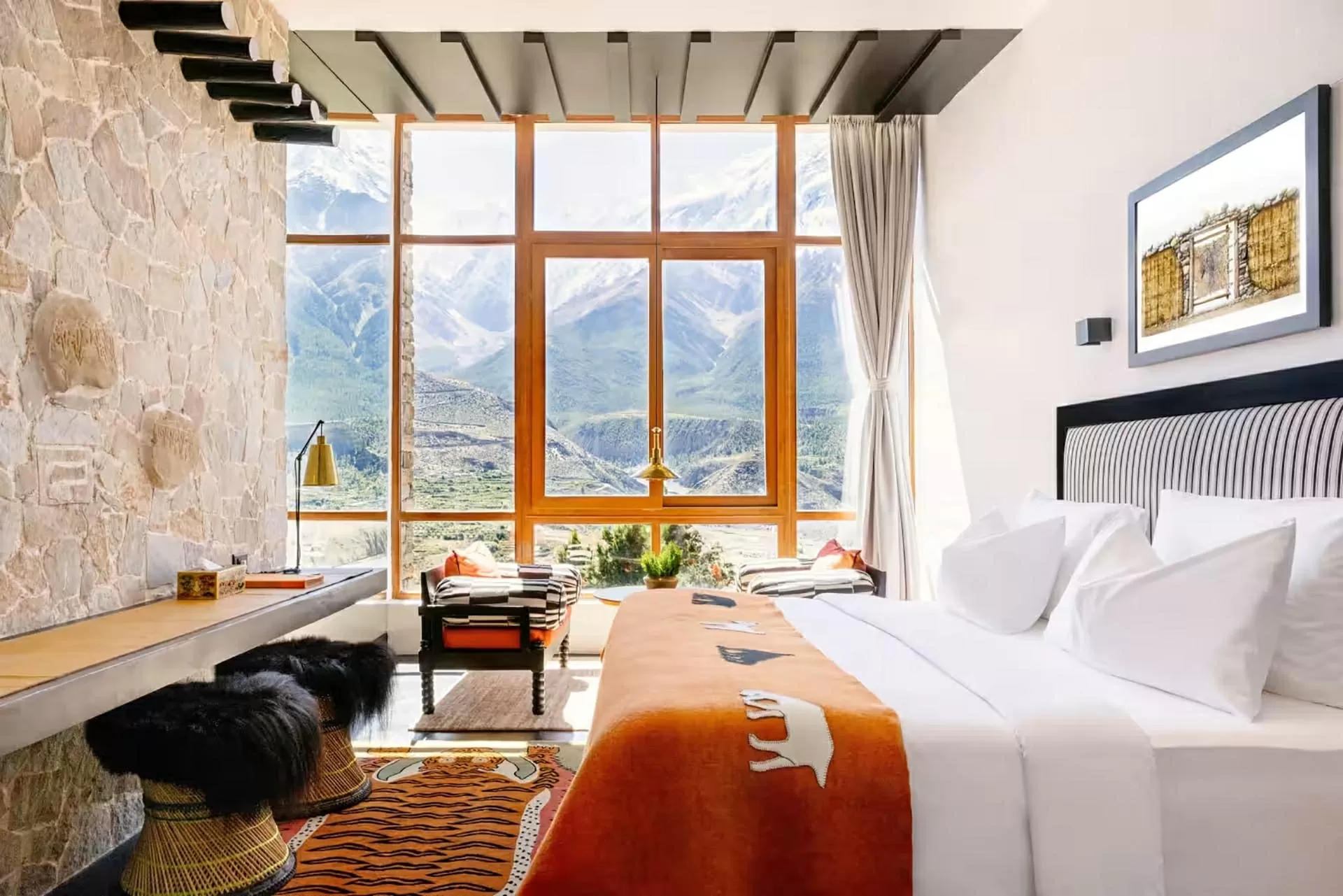
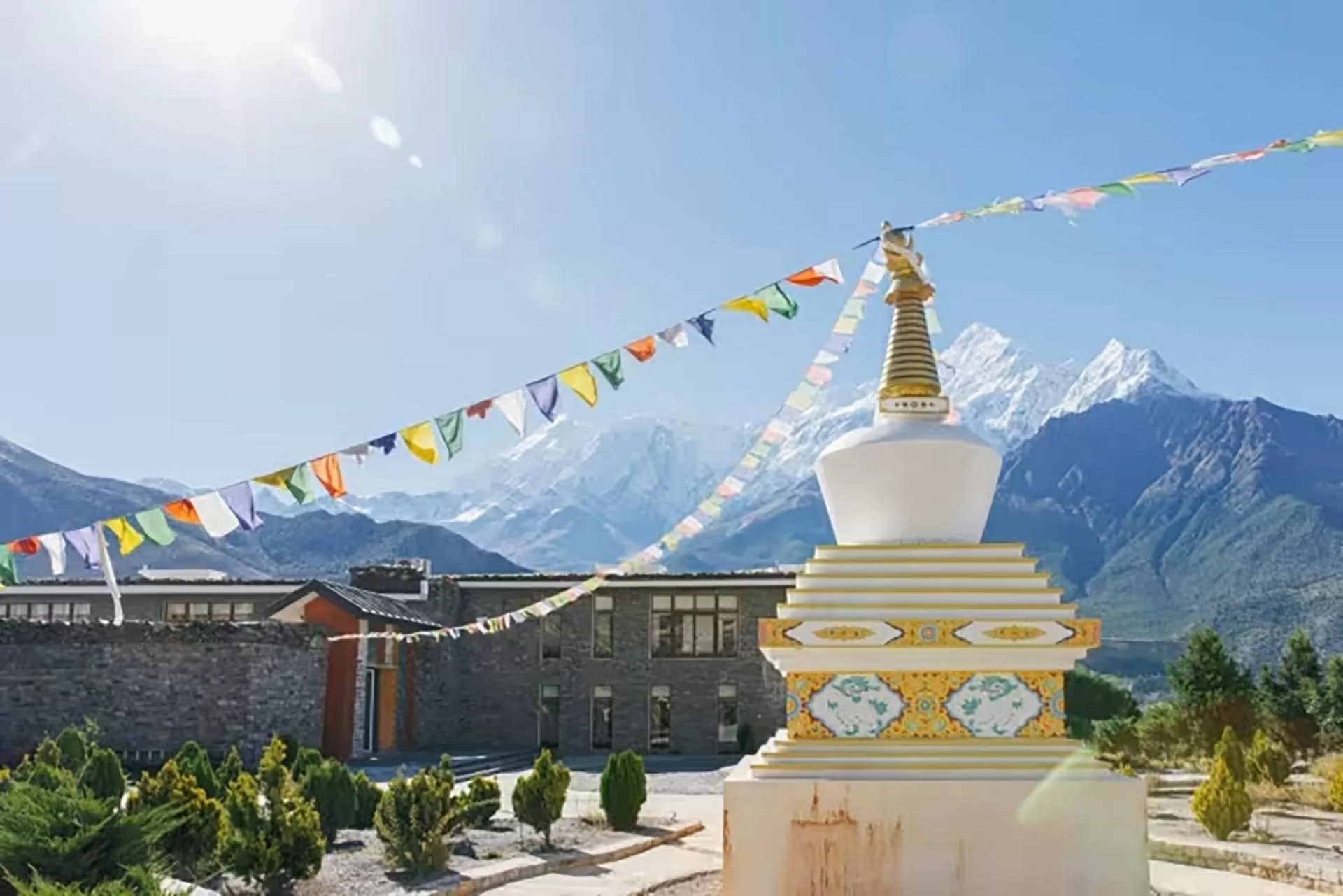
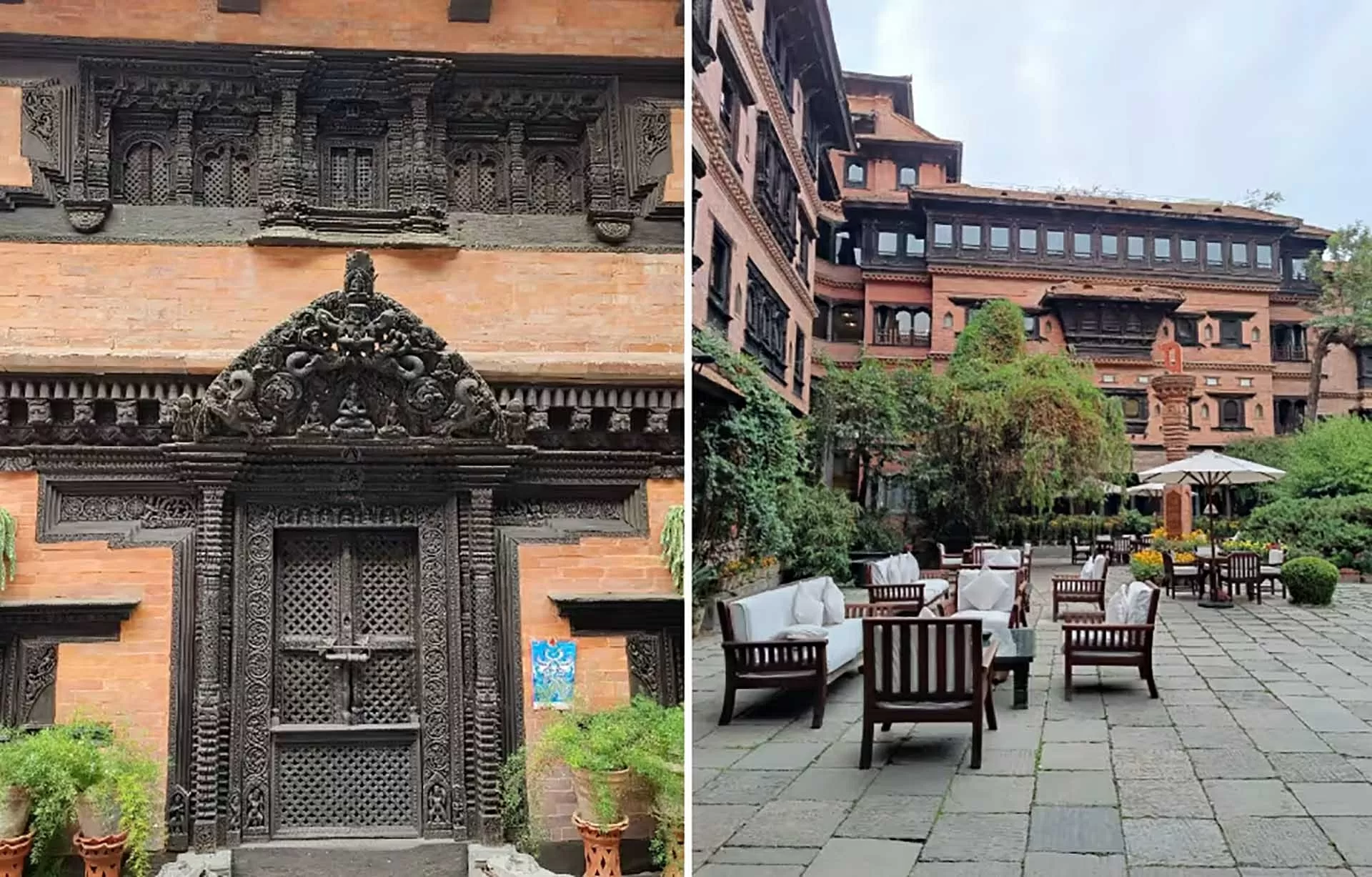








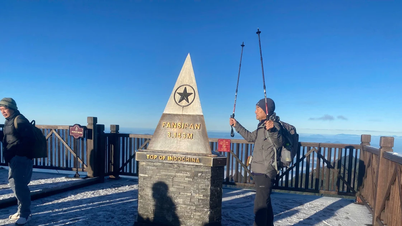

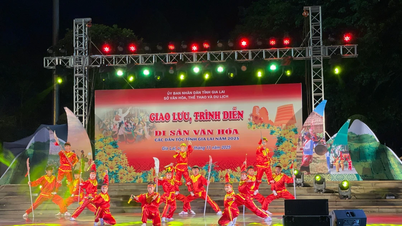





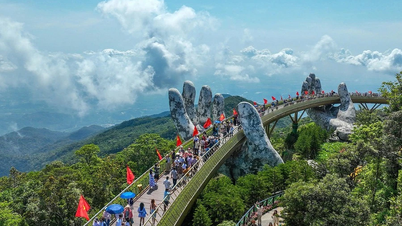


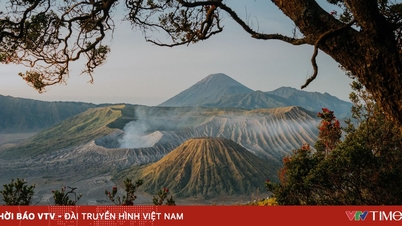

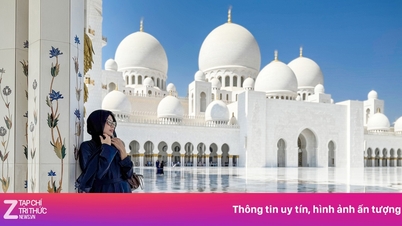








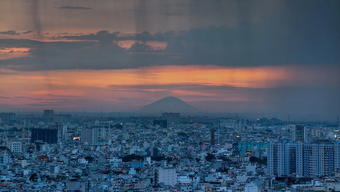
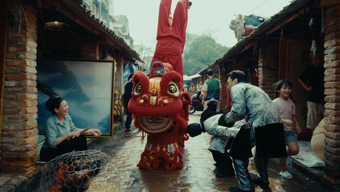

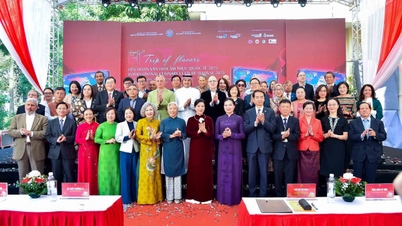
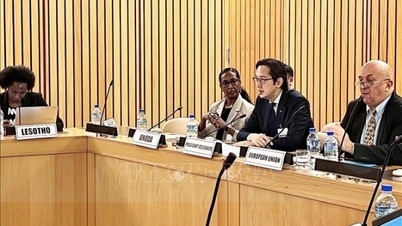
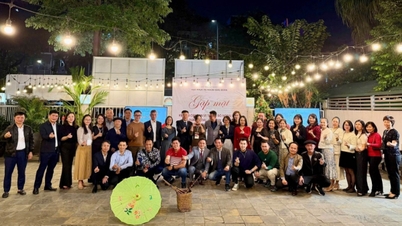
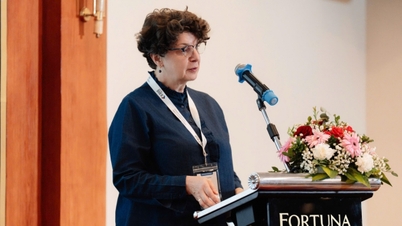
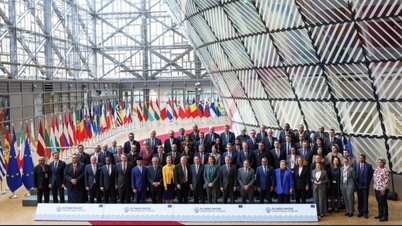

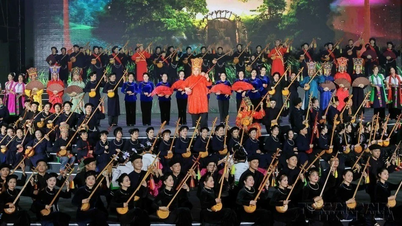


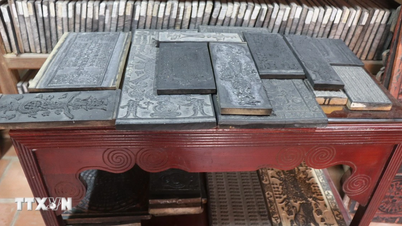
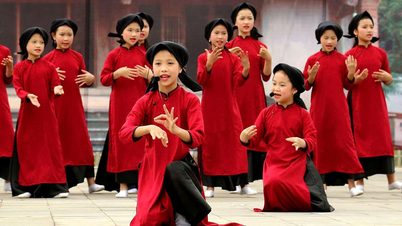




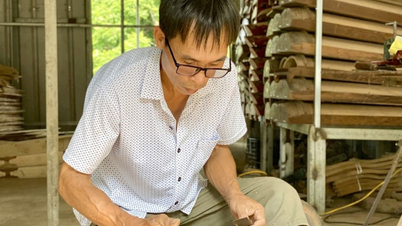






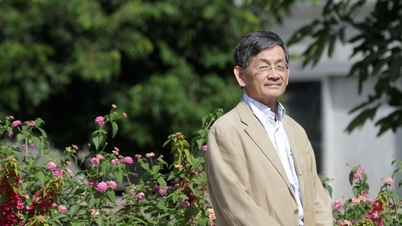
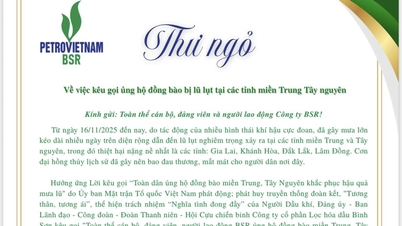
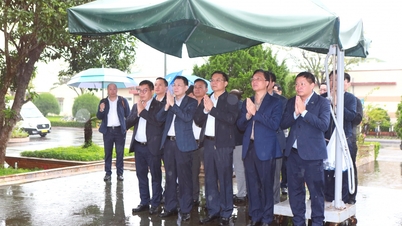

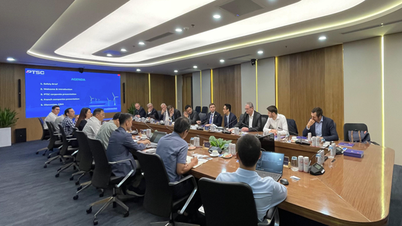




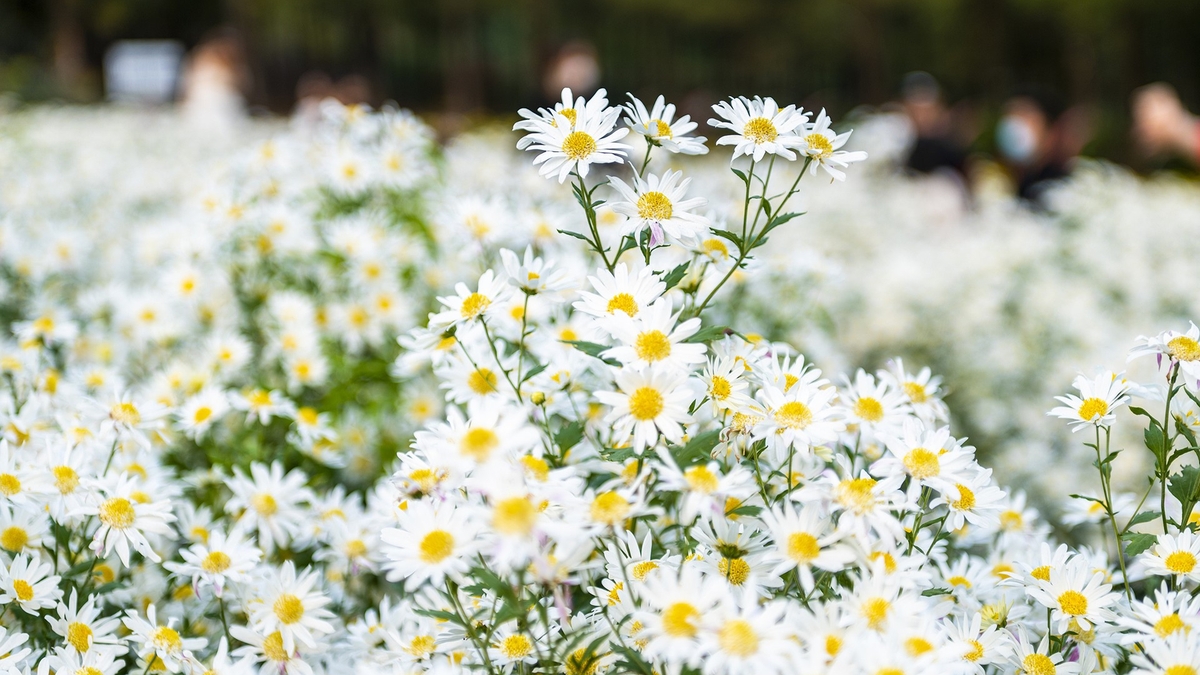

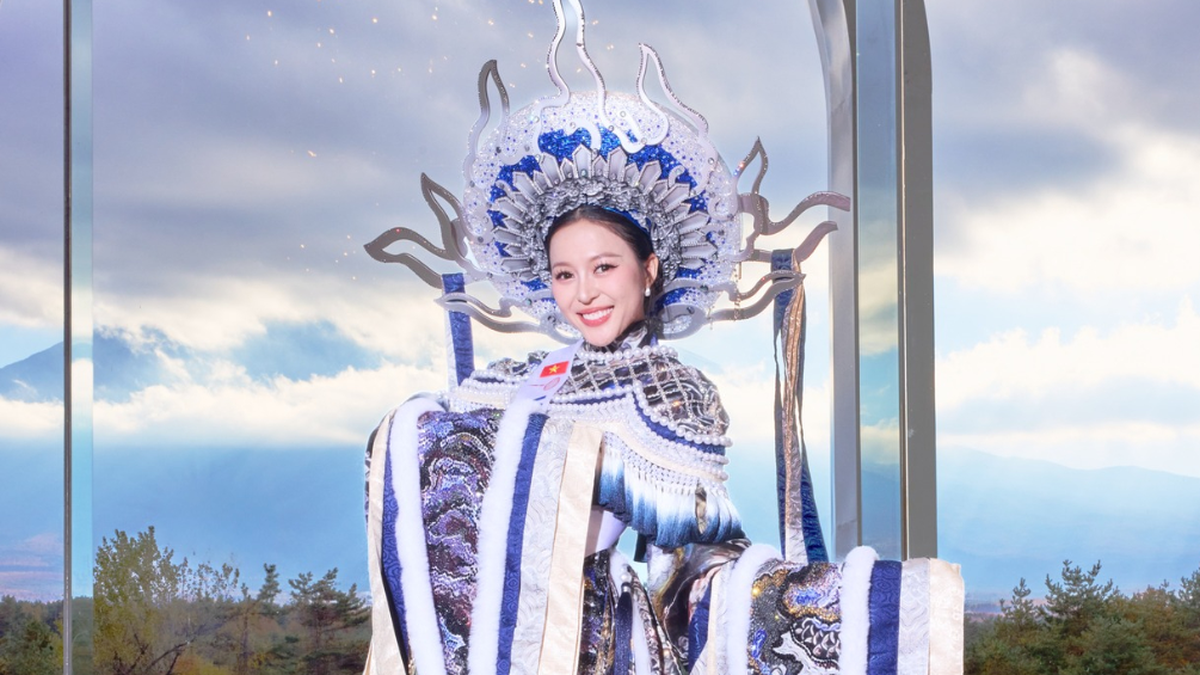

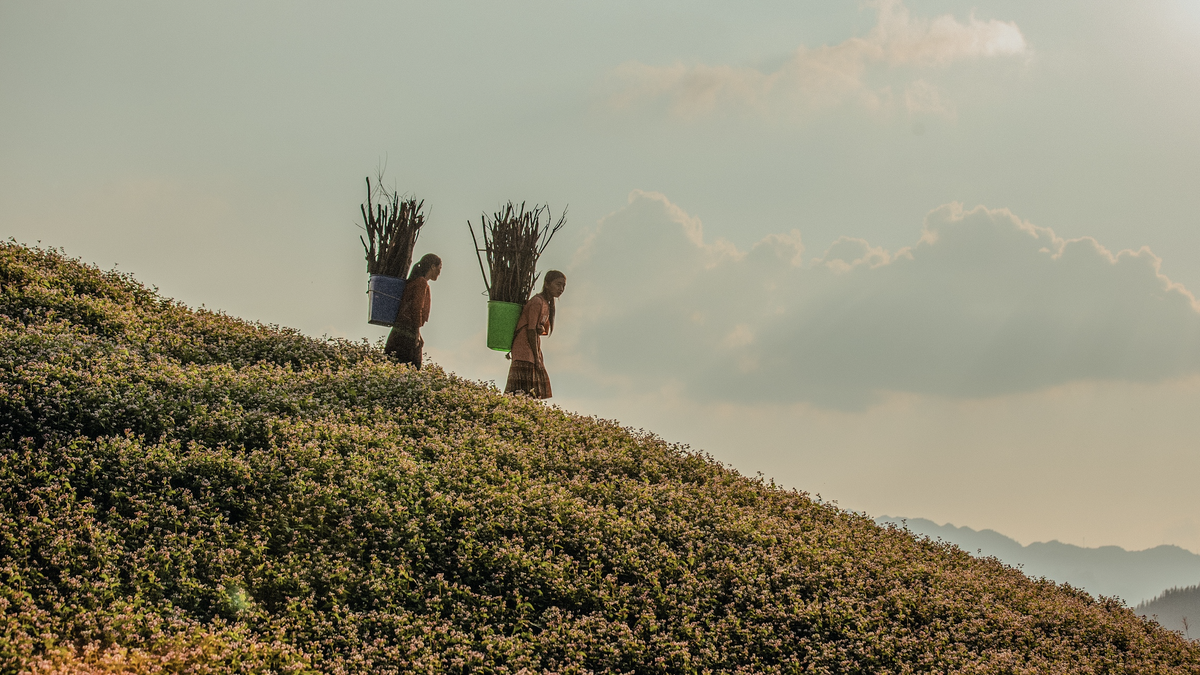
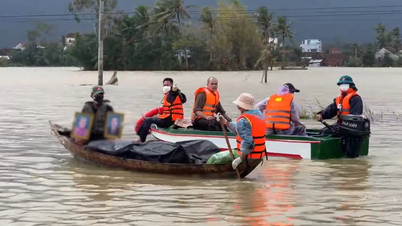




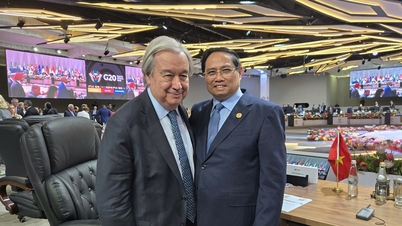
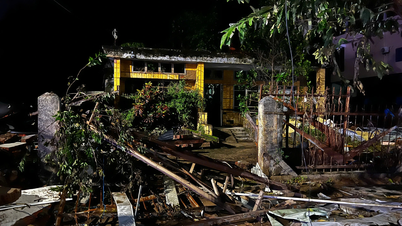
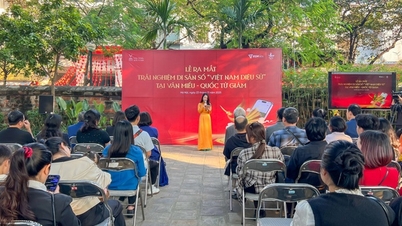

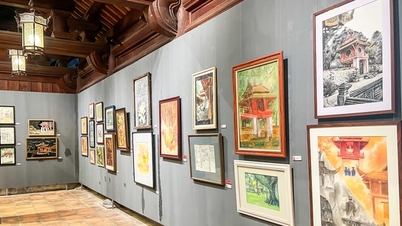
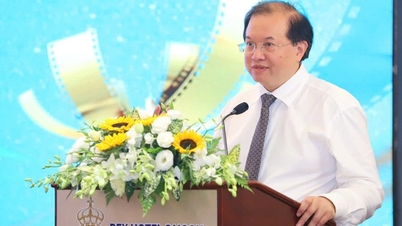

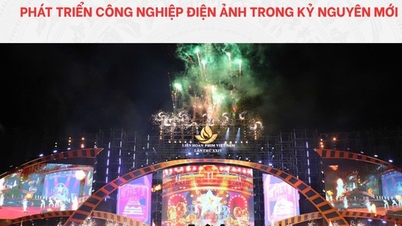
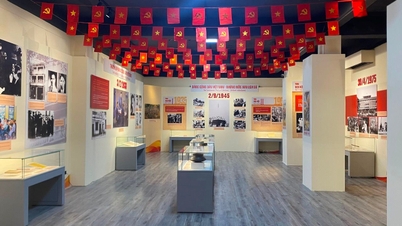

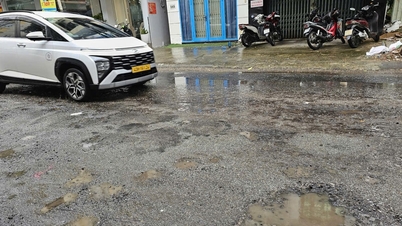



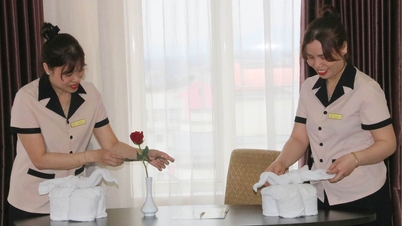

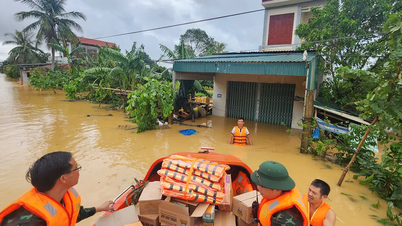




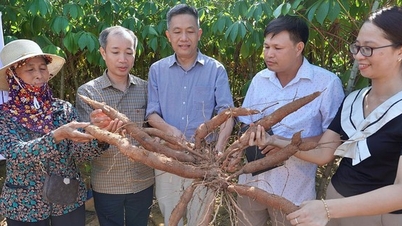






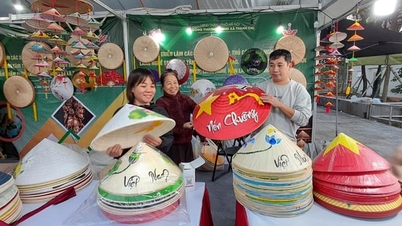
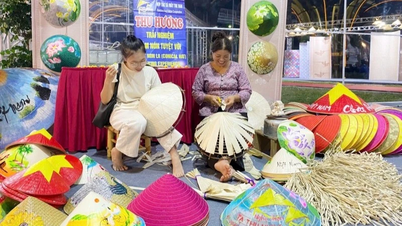


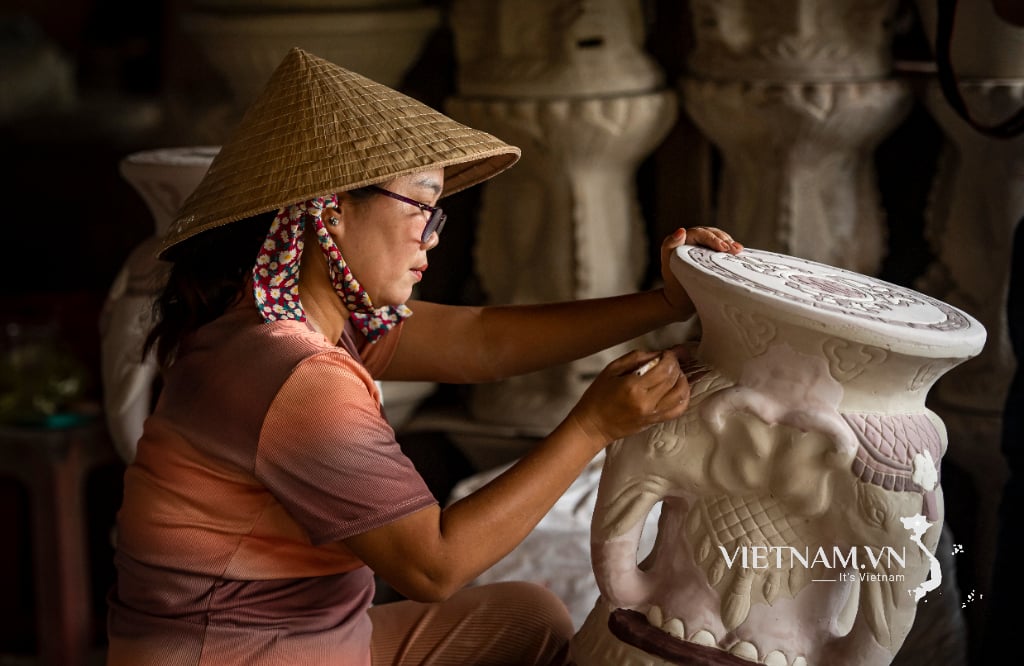


Comment (0)